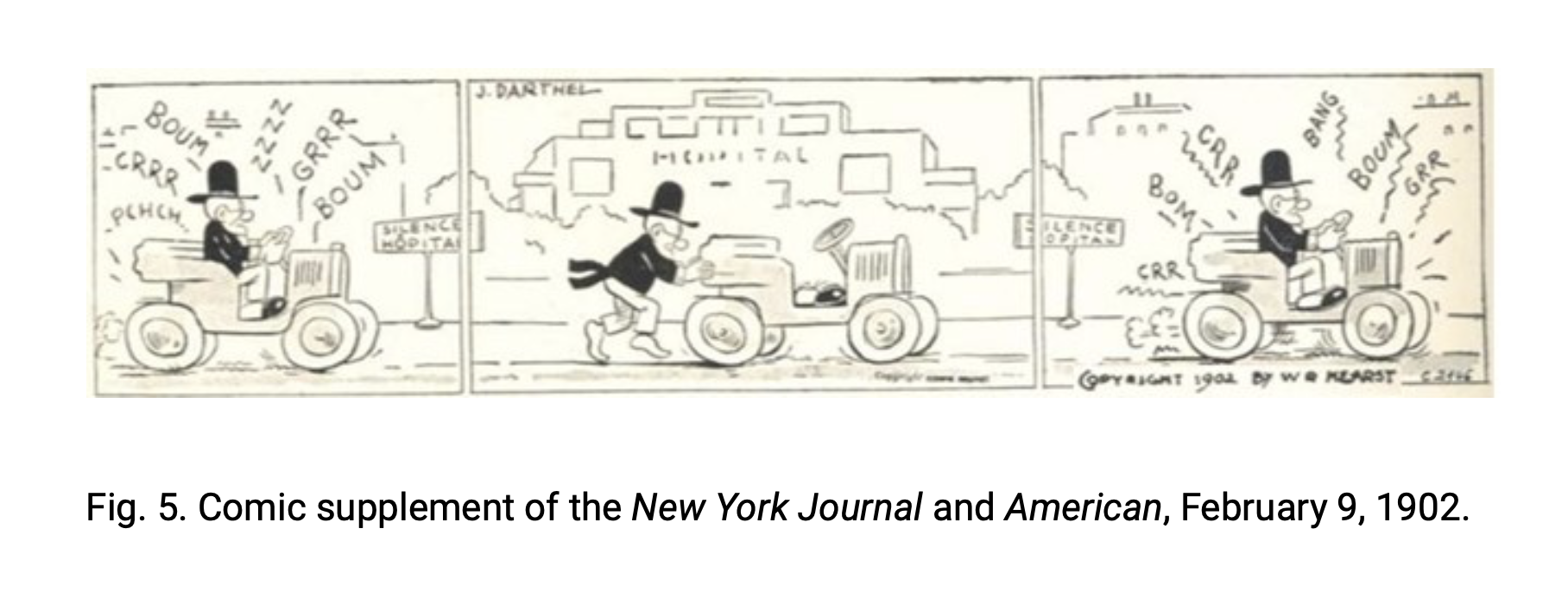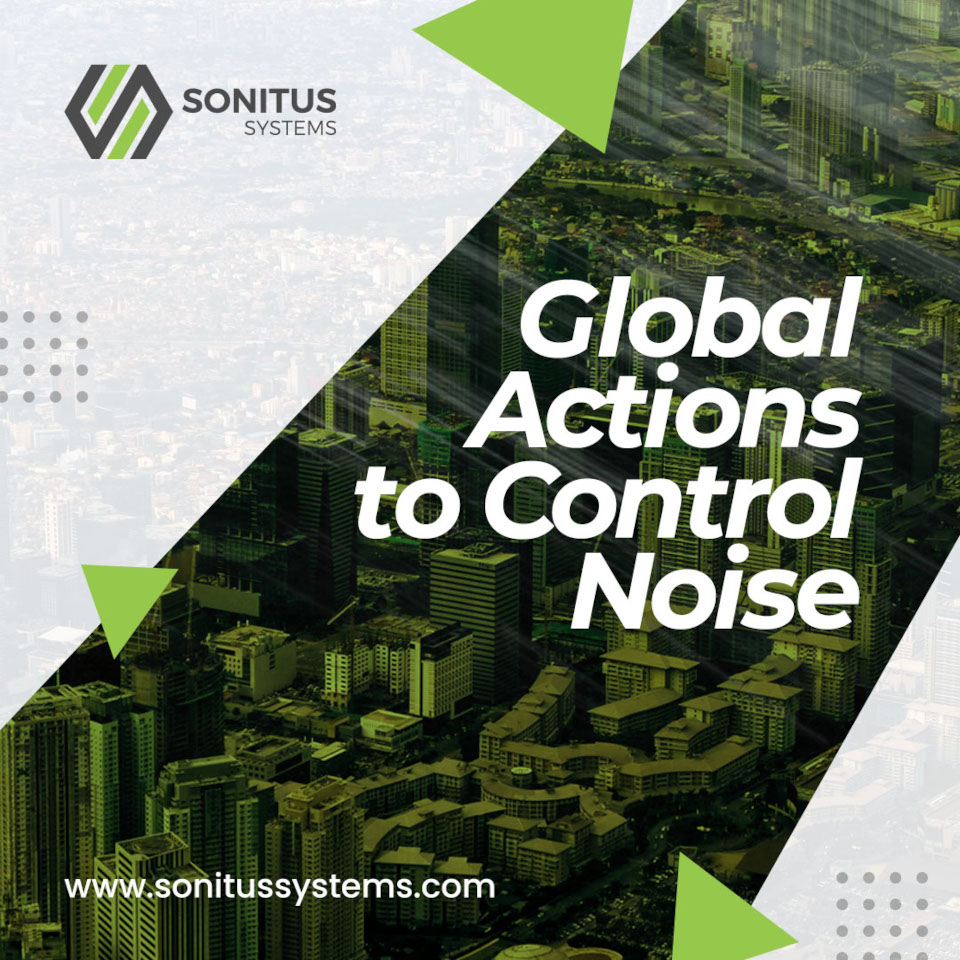Last month, Noise News International published the first in a series of articles by Walter Montano documenting the history of global actions seeking to control noise.
Last month, Noise News International published the first in a series of articles by Walter Montano documenting the history of global actions seeking to control noise. You can link to the series (to date) here: http://noisenewsinternational.net/the-first-international-anti-noise-conventions-congresses-1895-1912/
This composite series is, in large part, to mark the 50th anniversary of I-INCE and to highlight its role in bringing international expertise together and facilitating important discussions around best practice in noise control over the past five decades.
By way of introduction, Montano explains that over the past century and a half, much anti-noise activism was focused mainly on local issues. The movements stemmed from a number of different factors, including a desire for a silent environment to enhance religious prayer. Non-religious driving factors were then, and remain, the human need to avoid sleep disturbance. The article shines a light on the first anti-noise pioneers, specifically Julia Barnett Rice, and groups that rightly identified noise as a global issue and then chronicles some of the key actions that were taken to address unwelcome noise. Acoustic experts and purists will enjoy learning about the early technologies for measuring sound and understanding its physical characteristics, dating back to the 1850s.
Montano reflects:
“It is interesting how advanced knowledge about the problems from noise was in this period. In July 1907, these organizations estimated the depreciation of property, and many newspapers and others reproduced their report on “Noisy Streets and House Property in London” (fig. 3; Lancet 1907, p. 1481). Although the Street Noise Abatement Committee appears in the Trades Directory of 1914 (“Societies, Associations and Institutions,” p. 1923), there is no mention of it in the general media after 1911…”
Building upon the research and insights of noise suppression groups and activities from London, New York, Germany and Austria, the First International Anti-noise Convention was held at the Ritz Hotel in London on August 11-14, 1909 (organized by Julia Barnett Rice). A resolution of this convention was “that an international effort to suppress unnecessary and objectionable noises should be made, that the attention of legislative and municipal authorities should be directed to the subject, and that the world’s Press be requested to accord its powerful support to a movement which cannot be otherwise than beneficial to the health and well-being of the community, and which is particularly necessary to teachers, students, and the professional classes”. After that convention, The Daily Mail cited Rice as their source for declaring “Paris, followed by New York, London and Berlin” as the noisiest capital cities of the world.
The author concludes that “the three 1900s anti-noise groups from different countries began a worldwide fight against unnecessary and annoying noise, raising the concern that noise is a health problem in cities and that it is important to find a solution to this problem through legal actions”. However, this important work was halted by the outbreak of World War I in 1914. It is interesting to look back at the origins of this sector and see just how influential much of this early research and technological innovation was.

Sonitus Systems offers both the hardware and software for a range of environmental parameters on a continual basis, with real-time information available through our Sonitus Cloud dashboard. For more details on our indoor and outdoor noise and air quality monitoring products and services, please contact the team at www.sonitussystems.com/contact/contact.html
